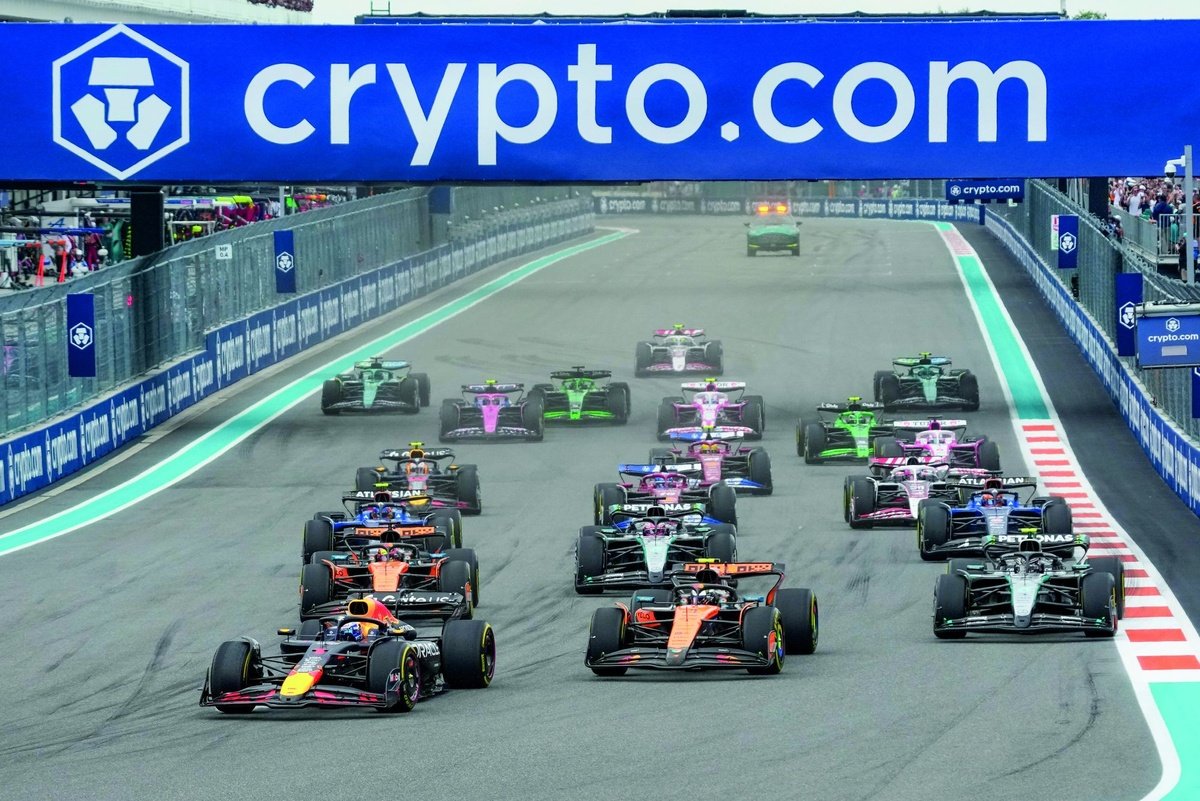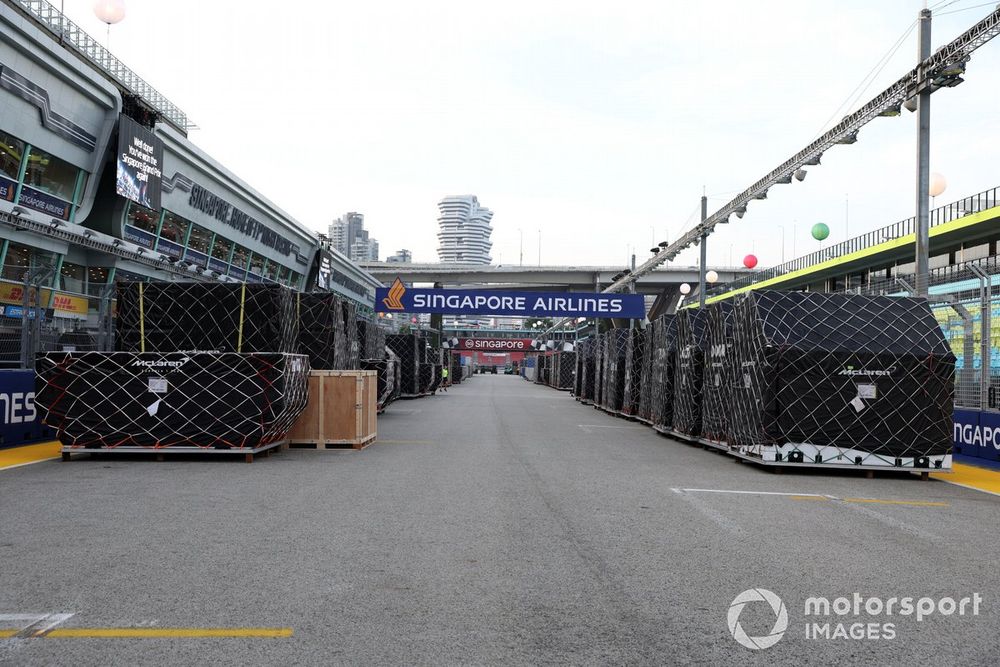
Components 1 is assured of turning into internet zero by 2030 having diminished carbon emissions by 26% throughout the final seven years.
A current report from F1 said that the championship’s carbon footprint stood at 168,720 tCO2e on the finish of 2024, in comparison with 228,793 tCO2e following 2018.
This comes simply over a yr after F1 announced it had reduced carbon footprint by 13% between 2018 and 2022, as a part of its Web Zero by 2030 marketing campaign aiming to chop 50% of absolute carbon emissions in comparison with its 2018 baseline.
It marks vital progress for the championship which is ready for an enormous yr in 2026, as there might be a regulation overhaul with modifications set for automotive chassis and engine, plus sustainable gas making its first look in F1.
“We’re strongly dedicated to attaining Web Zero by 2030,” stated F1 CEO Stefano Domenicali. “It’s a concrete purpose, already seen within the vital discount of our sport’s carbon footprint.
“Whereas persevering with to develop globally, we’ve proven that sustainable improvement is feasible and that the methods we’ve adopted are yielding tangible outcomes.
Stefano Domenicali, CEO of the Components One Group
Photograph by: Andy Hone / Motorsport Photos
“Components 1 has all the time been synonymous with innovation and the will to enhance. As soon as once more, this mentality has allowed us to make essential progress, not solely for many who work on this world, but in addition for society as an entire.
“We are going to proceed to pursue our initiatives and subsequent yr we’ll introduce new actions, reminiscent of using superior sustainable fuels in all Components 1 automobiles, a step that additionally opens up vital alternatives for highway automobiles and different technique of transport.
“We’re pleased with what we’ve achieved to this point and stay decided to proceed on this path.”
The carbon discount comes regardless of F1 being at its hottest, with race attendance rising by 2.5 million between 2018 and 2024. Throughout that point, the championship has additionally risen to a document 24 grands prix a yr that means if no operational modifications had been made, F1’s carbon footprint would have elevated by 10%.
So to fight that, F1 factories have transferred to renewable vitality sources permitting for a 59% discount in carbon emissions, whereas journey emissions have decreased by 25% with extra distant work now being undertaken.
There has additionally been a 12% discount on occasion operation emissions with, once more, additional reliance on renewable vitality sources whereas using extra environment friendly Boeing 777F freighter jets imply emissions from logistics have decreased by 9%. This has additionally been achieved via the expanded use of biofuel vehicles for freight in Europe.

Crew freight within the pit lane
Photograph by: Lionel Ng / Motorsport Photos
Ellen Jones, F1’s Head of Vitality, Sustainability and Governance, stated: “At this time’s outcomes are the product of years of onerous work throughout the game.
“All areas have been tasked with working extra sustainably, and it’s via this sport-wide engagement and supply that we’re capable of obtain such vital emission reductions.
“Trying forward, we’ve a transparent plan to fulfill our commitments and to additional display how development will be optimistic for each sustainability and sporting outcomes.
“Components 1 is uniquely positioned to indicate that efficiency and sustainability can assist each other, and I stay up for seeing the impression of initiatives already introduced – reminiscent of modifications to our race calendar from 2026 – in addition to these but to come back, to assist us ship on our targets and past.”
On this article
Be the primary to know and subscribe for real-time information e-mail updates on these subjects
Subscribe to news alerts
Trending Products




